
cd_nom
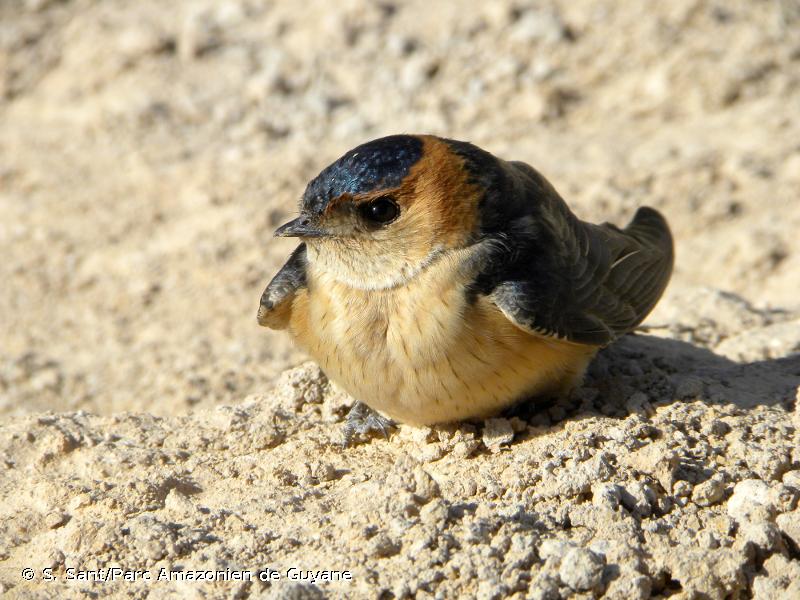
| Author : S. Sant/Parc Amazonien de Guyane |
 |
To get the picture, please visit:
Sébastien Sant
Parc Amazonien de Guyane
email : inpn@mnhn.fr
Despite the Creative Commons license, please inform the author of the use which will be made of his photo
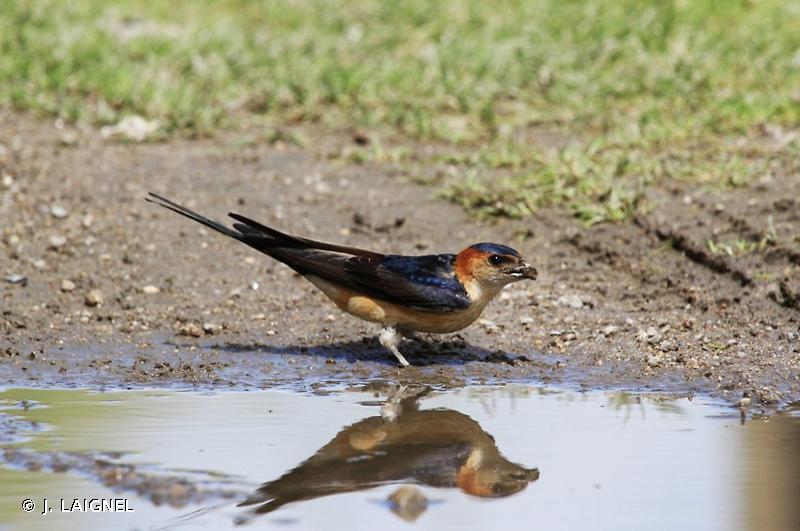
| Author : J. LAIGNEL |
 |
To get the picture, please visit:
Julien Laignel
Chargé de mission SNB - SPN/MNHN
4, avenue du Petit Château
91800 BRUNOY
Tel.: 06.10.68.23.36
Mail: julien.laignel@9online.fr
Despite the Creative Commons license, please inform the author of the use which will be made of his photo

| Author : Laurent Rouschmeyer |
 |
To get the picture, please visit:
Laurent Rouschmeyer
email : inpn@mnhn.fr
Despite the Creative Commons license, please inform the author of the use which will be made of his photo
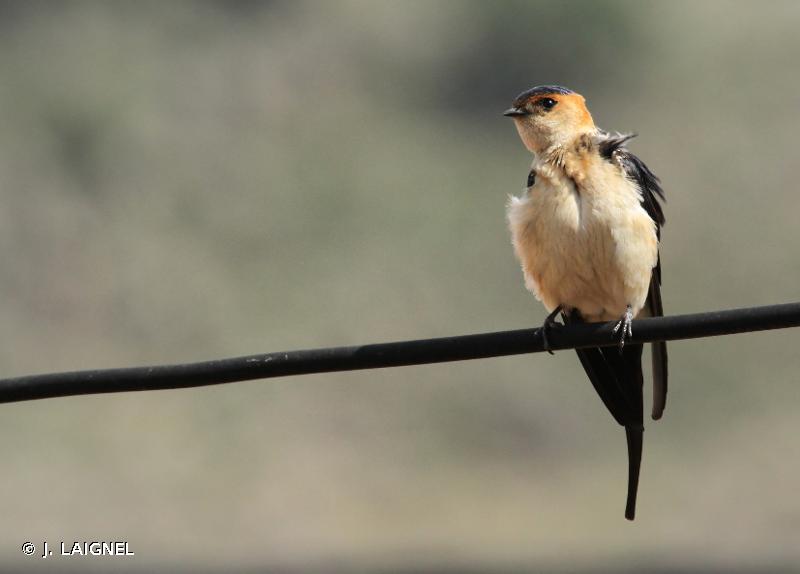
| Author : J. LAIGNEL |
 |
To get the picture, please visit:
Julien Laignel
Chargé de mission SNB - SPN/MNHN
4, avenue du Petit Château
91800 BRUNOY
Tel.: 06.10.68.23.36
Mail: julien.laignel@9online.fr
Despite the Creative Commons license, please inform the author of the use which will be made of his photo
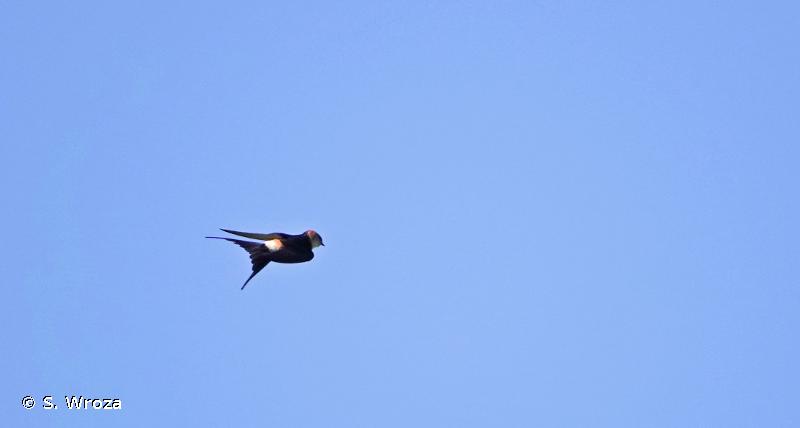
| Author : S. Wroza |
 |
Despite the Creative Commons license, please inform the author of the use which will be made of his photo
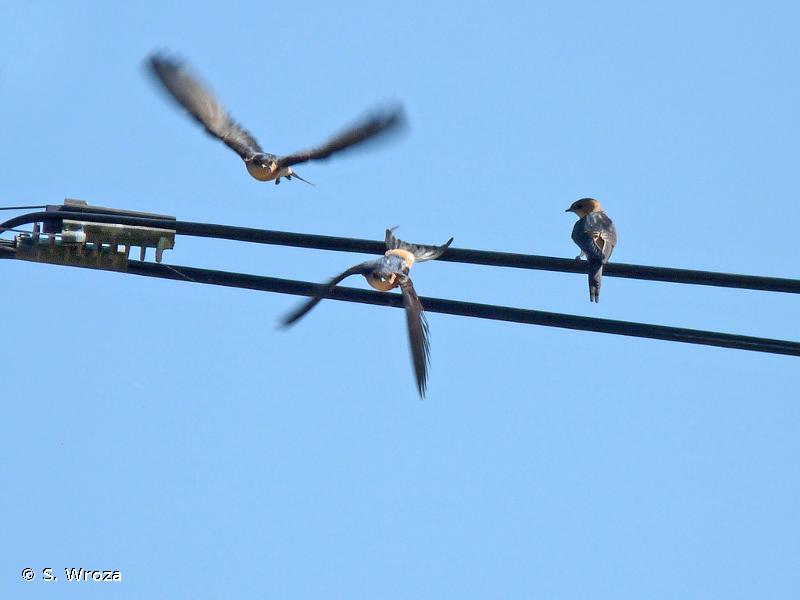
| Author : S. Wroza |
 |
Despite the Creative Commons license, please inform the author of the use which will be made of his photo

| Author : S. Wroza |
 |
Despite the Creative Commons license, please inform the author of the use which will be made of his photo

| Author : S. Wroza |
 |
Despite the Creative Commons license, please inform the author of the use which will be made of his photo

| Author : S. Wroza |
 |
Despite the Creative Commons license, please inform the author of the use which will be made of his photo
Taille/poids :
Longueur totale : 16 à 17 cm. Poids : 20 à 29 g.
Diagnose :
Cette hirondelle de taille moyenne a des dimensions très proches de celles de l'Hirondelle rustique. Les adultes ont les parties supérieures bleu-noir brillant, la nuque et les joues rousses, le bas du dos orangé se fondant vers l'arrière en un croupion blanchâtre. Les parties inférieures sont uniformément roussâtres et la queue est profondément échancrée.
Détermination :
Simple. Facile sur photo.
Espèces proches :
Des confusions peuvent intervenir avec nos deux hirondelles les plus communes, en particulier l'Hirondelle rustique. Cette dernière possède un menton rouge brique, un collier noirâtre et de très longs filets à la queue. Elle n'a pas de croupion clair.
Période d'observation :
Mars-avril à septembre-octobre.
Biologie-éthologie :
Une étude a montré l'importance des insectes hyménoptères ailés dans l'alimentation de cette hirondelle.
Biogéographie et écologie :
L'aire de répartition de l'espèce s'étend de manière plus ou moins continue du Maroc et du sud de l'Europe jusqu'à l'extrême-est de l'Asie, ainsi qu'en Afrique centrale et orientale. Dans un biotope souvent aride, deux éléments favorables à son installation sont la présence de falaises rocheuses, même de petite taille, et celle d'eau, à la rigueur sous forme de sources ou de filets ruisselants.
Compilé par J. Comolet-Tirman à partir des Cahiers d’habitats.(UMS 2006 Patrimoine Naturel (AFB / CNRS / MNHN)),2017
Continental
Metropolitan France
Overseas
Marine
Metropolitan France
Overseas
The map presents a summary at the 10 x 10 km grid of the observation data for the species transmitted to the SINP. These data have been subjected to validation filters.
The map presents a reference distribution layer of the species at the scale of departments and marine sectors. The presence and absence data were established by expertise within a network of partners. This reference distribution is used in the validation process of the SINP data at the INPN level.
Corresponds to a report on the basis of at least one observation proved within a period of 10 years (20 years for little-known invertebrates) preceding the year and no presumption of extinction since obtaining the last data nor doubt on reproductive and implemented nature of this population. For migratory species, the presence indicated concerns areas of reproduction.
This status is based on one or more of the following criteria:
This point covers the absence, more difficult by nature to demonstrate than presence. This status is based on one or more of the following criteria:
This status must be assigned to a department in which the presence of the species is casual.
Particular case of absence due to a proven extinction less than a half century ago (older disappearances are treated as "no probable or definite").
In the state of knowledge, we can not comment on the presence or absence in the current department. This is the default status when not comprised in one of the previous categories or whenever there is doubt.
The map shows the global distribution of the species based on GBIF data (Global Biodiversity Information Facility).
